Titanium Dioxide
Titanium dioxide, also known as titanium(IV) oxide or titania /taɪˈteɪniə/, is the inorganic compound derived from titanium with the chemical formula TiO
2. When used as a pigment, it is called titanium white, Pigment White 6 (PW6), or CI 77891. It is a white solid that is insoluble in water, although mineral forms can appear black. As a pigment, it has a wide range of applications, including paint, sunscreen, and food coloring. When used as a food coloring, it has E number E171. World production in 2014 exceeded 9 million tonnes. It has been estimated that titanium dioxide is used in two-thirds of all pigments, and pigments based on the oxide have been valued at a price of $13.2 billion.
Enquiry Form
Product Info
 |
|
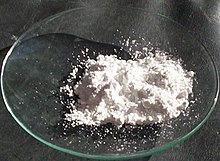 |
|
| Names | |
|---|---|
| IUPAC names
Titanium dioxide
Titanium(IV) oxide |
|
| Other names | |
| Identifiers | |
|
3D model (JSmol)
|
|
| ChEBI | |
| ChEMBL | |
| ChemSpider | |
| ECHA InfoCard | 100.033.327 |
| E number | E171 (colours) |
| KEGG | |
|
PubChem CID
|
|
| RTECS number |
|
| UNII | |
|
CompTox Dashboard (EPA)
|
|
| Properties | |
| TiO 2 |
|
| Molar mass | 79.866 g/mol |
| Appearance | White solid |
| Odor | Odorless |
| Density |
|
| Melting point | 1,843 °C (3,349 °F; 2,116 K) |
| Boiling point | 2,972 °C (5,382 °F; 3,245 K) |
| Insoluble | |
| Band gap | 3.21 eV (anatase)[1]3.15 eV (rutile)[1] |
| +5.9·10−6 cm3/mol | |
|
Refractive index (nD)
|
|
| Thermochemistry | |
|
Std molar
entropy (S⦵298) |
50 J·mol−1·K−1[2] |
|
Std enthalpy of
formation (ΔfH⦵298) |
−945 kJ·mol−1[2] |
| Hazards | |
| NFPA 704 (fire diamond) | |
| Flash point | not flammable |
| NIOSH (US health exposure limits): | |
|
PEL (Permissible)
|
TWA 15 mg/m3[3] |
|
REL (Recommended)
|
Ca[3] |
|
IDLH (Immediate danger)
|
Ca [5000 mg/m3][3] |
| Safety data sheet (SDS) | ICSC 0338 |
| Related compounds | |
|
Other cations
|
Zirconium dioxide Hafnium dioxide |
| Titanium(II) oxide Titanium(III) oxide Titanium(III,IV) oxide |
|
|
Related compounds
|
Titanic acid |



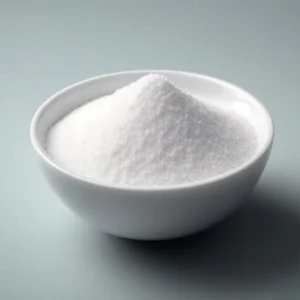
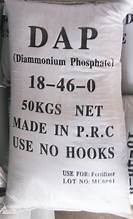
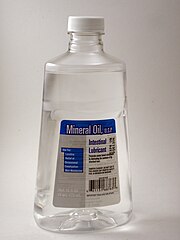
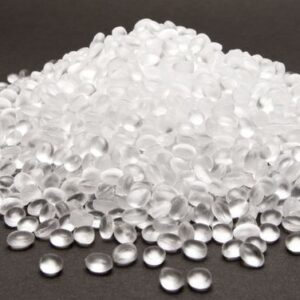
Reviews